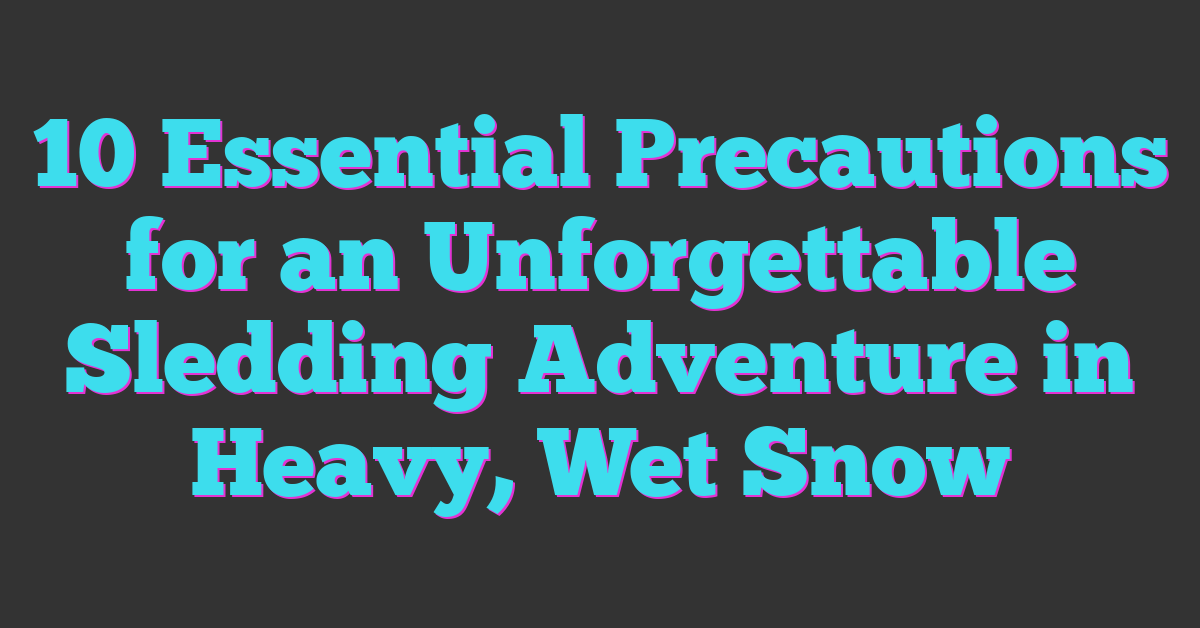When you’re hitting the slopes, the right snowboard can make all the difference in your ride. One of the key factors to consider is the flex rating, which affects how your board performs in various conditions. Whether you’re carving down groomers or tackling powder, understanding flex ratings can help you choose the perfect board for your style.

Understanding Snowboard Flex Ratings
Snowboard flex ratings play a crucial role in your overall riding experience. They determine how a board reacts to your movements and impact performance on different terrains. Knowing how flex ratings work helps you select a board that matches your riding style and preferences.
What Are Snowboard Flex Ratings?
Snowboard flex ratings measure the board’s stiffness, typically on a scale of 1 to 10. A lower rating means a softer board, ideal for beginners and park riders due to its forgiving nature. A higher rating indicates a stiffer board, preferred by advanced riders seeking precision and stability at high speeds. Ratings can vary across manufacturers, so it’s smart to test boards before choosing.
Importance of Flex Ratings in Snowboarding
Flex ratings significantly influence your ride. Softer boards facilitate easier turns and playful rides, enhancing control in tricks and jibs. Stiffer boards provide responsiveness and stability, beneficial for carving on groomed trails and handling powder conditions. Choosing the right flex rating ensures your snowboard complements your experience, maximizing enjoyment and performance on the slopes.
Types of Flex Ratings
Understanding the types of flex ratings helps you choose the perfect snowboard tailored to your riding style. Each category offers unique benefits, ensuring you enjoy every moment on the slopes.
Soft Flex Boards
Soft flex boards typically have a rating between 1 and 4. These boards excel in terrain parks and for beginner riders. Soft flex allows for easy turns and maneuverability, making them forgiving and playful. If you enjoy riding boxes, practicing jumps, or just cruising, these boards enhance your confidence and creativity. They cater to laid-back riding styles, ensuring you can master tricks without the need for intense precision.
Medium Flex Boards
Medium flex boards generally fall between 5 and 7 on the flex scale. These boards provide a balance of playfulness and stability, making them versatile across various terrains. Whether carving down groomed trails or experimenting in powder, medium flex boards respond well to your movements. They suit intermediate riders looking for progression as well as advanced riders seeking a blend of comfort and performance. This flexibility allows for solid edge hold and smoother transitions, enhancing your overall riding experience.
Stiff Flex Boards
Stiff flex boards range from 8 to 10 on the flex rating scale. These boards offer unmatched stability and precision, ideal for aggressive riding and high speeds. If you favor challenging terrain, steep descents, or deep powder, stiff boards provide the support needed to tackle these conditions effectively. They deliver quick edge response and minimize chatter, allowing you to focus on your lines without sacrificing control. Stiff boards appeal to advanced riders who prioritize performance during intense sessions on the mountain.
How to Choose the Right Flex Rating
Choosing the right flex rating for your snowboard brings you one step closer to the perfect ride. Understanding your skill level, riding style, and preferred terrain ensures you select a board that maximizes your fun.
Skill Level Considerations
Your skill level plays a crucial role in determining the ideal flex rating. Beginners benefit from softer boards with ratings between 1-4. These boards promote easier turns and enhance confidence while you learn the basics. As you progress, you might want to explore medium flex boards (ratings 5-7) for a balance between playfulness and stability. Advanced riders often gravitate toward stiffer boards (ratings 8-10), as these provide enhanced precision and control necessary for tackling challenging slopes.
Riding Style Influence
Your riding style significantly influences the flex rating you should choose. If you’re a park enthusiast, a softer flex board allows for playful tricks and easier butters. The forgiving nature of these boards encourages creativity and experimentation. If you enjoy carving down groomed runs or tackling varied terrain, medium flex boards add versatility, letting you enjoy different aspects of snowboarding. For those who love aggressive riding, stiff boards offer the responsiveness and stability needed for high-speed descents and intricate lines.
Terrain Preferences
The terrain you frequent can guide your choice in flex rating. Soft flex boards excel in powder and are delightful when hitting jumps in the terrain park, making them the ideal choice for backcountry adventures or playful park sessions. Medium flex boards shine on mixed terrain, adapting to both groomers and backcountry runs. Stiff flex boards dominate in steeper, technical terrains where control and stability matter most, granting you the confidence to tackle any challenge that comes your way.
Testing and Evaluating Flex
Understanding snowboard flex ratings involves testing and evaluation methods that clarify how boards perform on snow. Engaging in on-snow testing reveals how these ratings translate into real-life experiences, helping you choose the right board for your adventures.
On-Snow Testing Techniques
On-snow testing involves several essential techniques.
- Side-by-Side Comparisons: Ride different boards with varying flex ratings back-to-back. Doing this helps you feel the differences in performance quickly.
- Carving Techniques: Take each board down a groomed run and practice carving. Softer boards will respond playfully, while stiffer ones will offer solid edge hold and stability during deeper arcs.
- Jumps and Tricks: Hit the terrain park to assess how well each board handles jumps. Softer boards facilitate easier landings and tricks, while stiffer boards provide more control during high-impact landings.
- Variable Conditions: Test boards across diverse conditions, from slushy surfaces to powder. Evaluate how flex impacts floatation in powder and edge grip on icy patches.
Personal Preferences in Flex
Personal preferences play a significant role in selecting the appropriate flex rating.
- Riding Style: If you enjoy cruising on groomers, you might favor medium flex boards for a mix of playful and stable performance. Alternatively, backing off into the park often calls for softer boards, making tricks and spins more fun.
- Skill Level: As a beginner, soft flex boards provide the forgiveness needed to build foundational skills. Intermediate riders often prefer medium flex boards for versatility, while advanced riders gravitate toward stiffer boards, enhancing response for technical lines.
- Terrain Type: You might find yourself in the backcountry chasing powder or navigating through mixed terrain. Soft flex boards excel in powder, while mid-range boards thrive on varied terrain. Stiff boards shine in steep, challenging areas, giving you confidence when tackling technical sections.
Finding the right flex rating comes down to a combination of testing, personal preferences, and your unique riding style.
Conclusion
Choosing the right snowboard flex rating can make all the difference in your riding experience. Whether you’re just starting out or you’re a seasoned pro tackling challenging terrain understanding flex ratings helps you find a board that matches your style.
Remember that softer boards are great for building confidence and having fun in the park while stiffer boards offer the precision and stability needed for aggressive riding. Don’t hesitate to test different boards to see what feels best for you.
With a little exploration and consideration of your preferences you’ll be well on your way to enjoying every moment on the slopes. Happy riding!











